The story of Bertone: the Most Controversial Coachbuilder Ever
The beginning of Bertone Bertone was founded in November 1912, when Giovanni Bertone, then aged 28, opened a workshop specialising in the construction and…
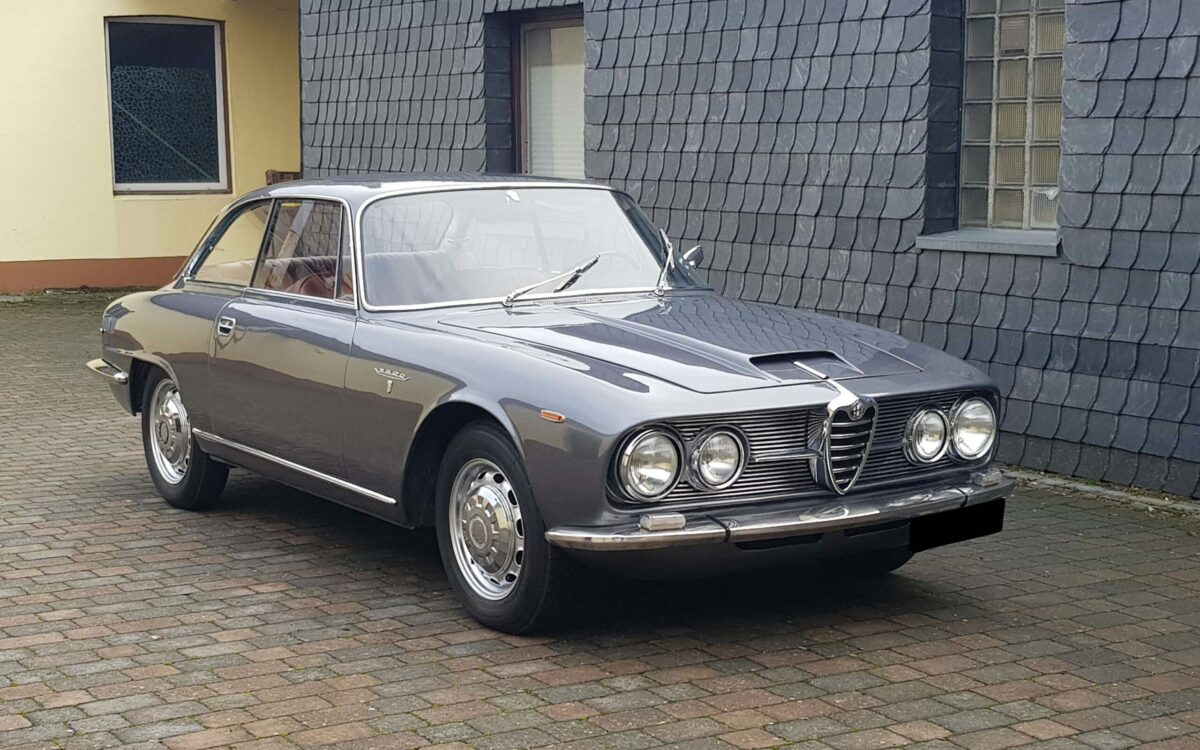
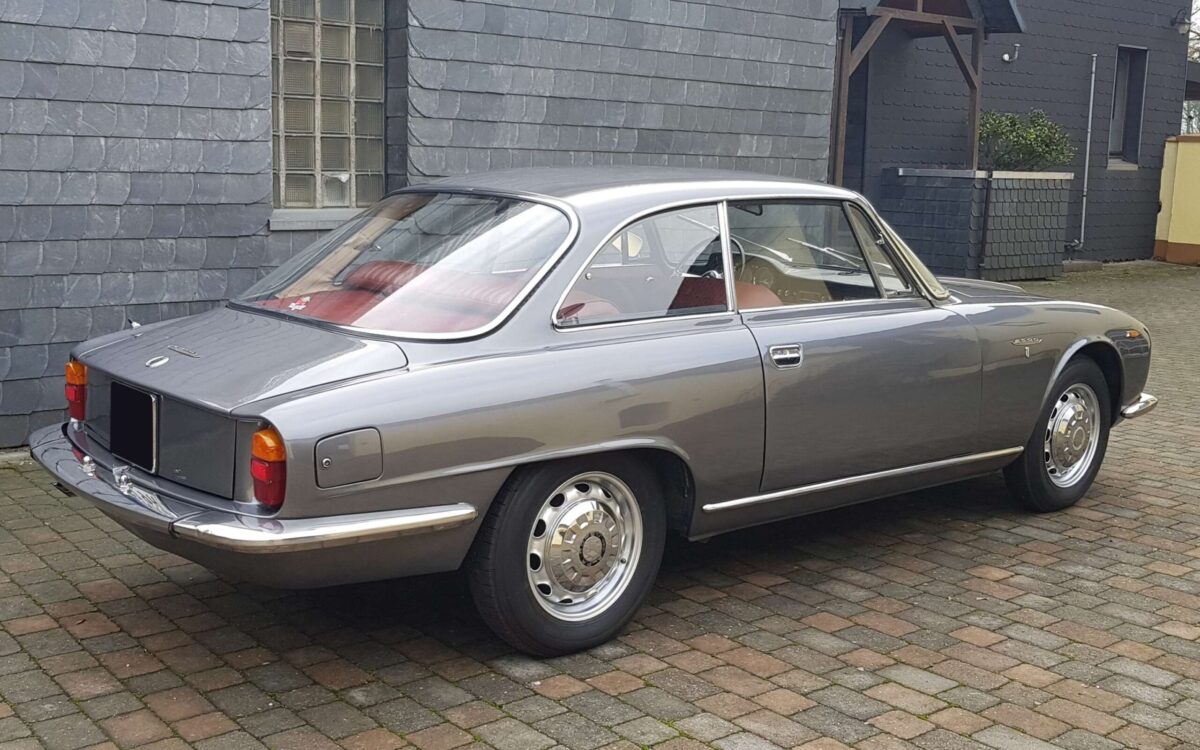
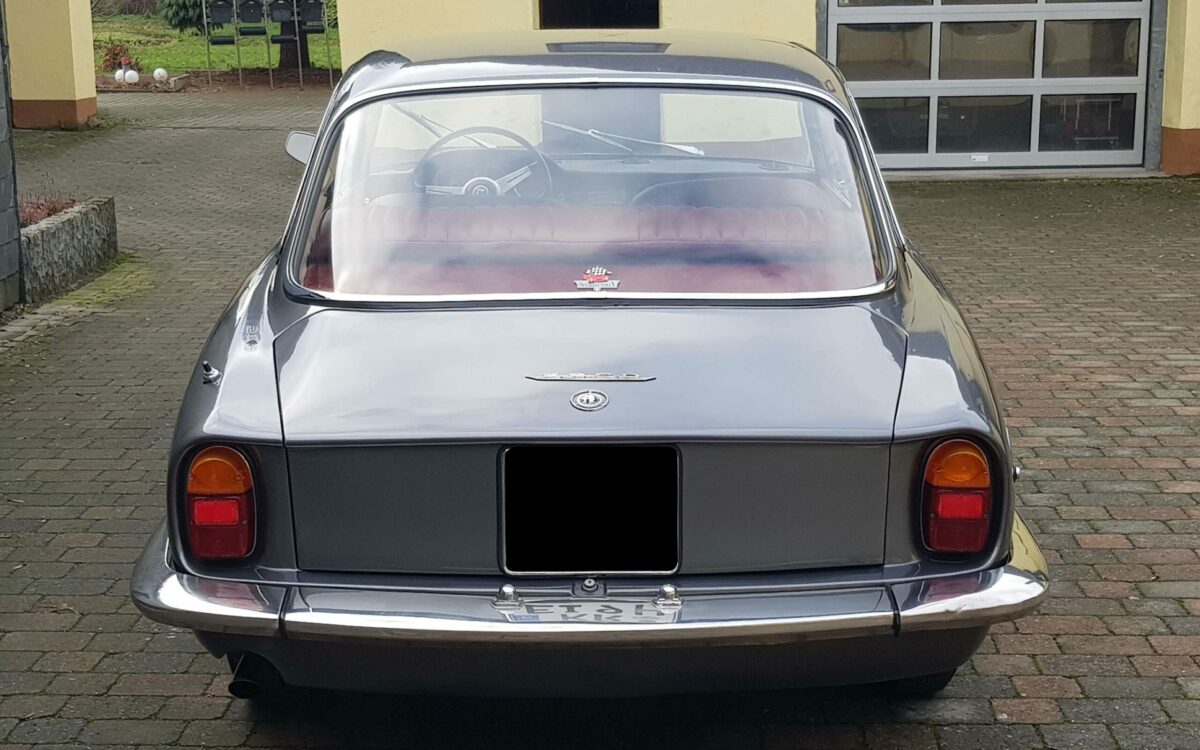
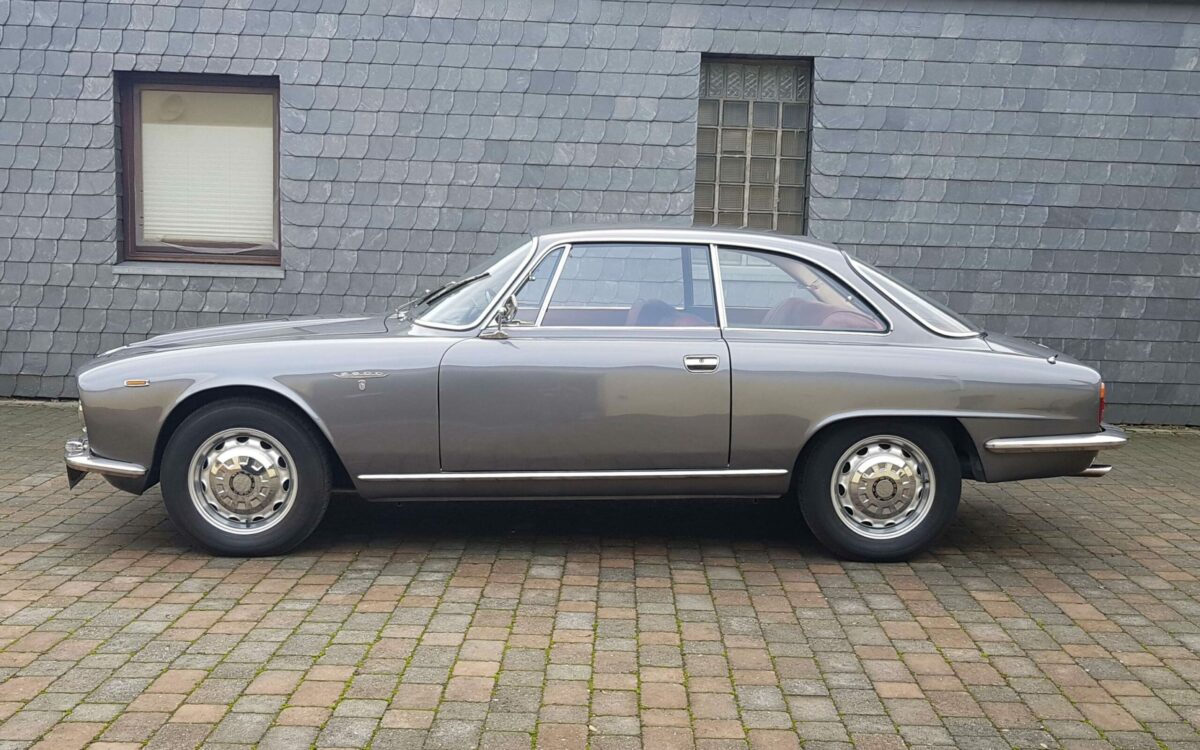
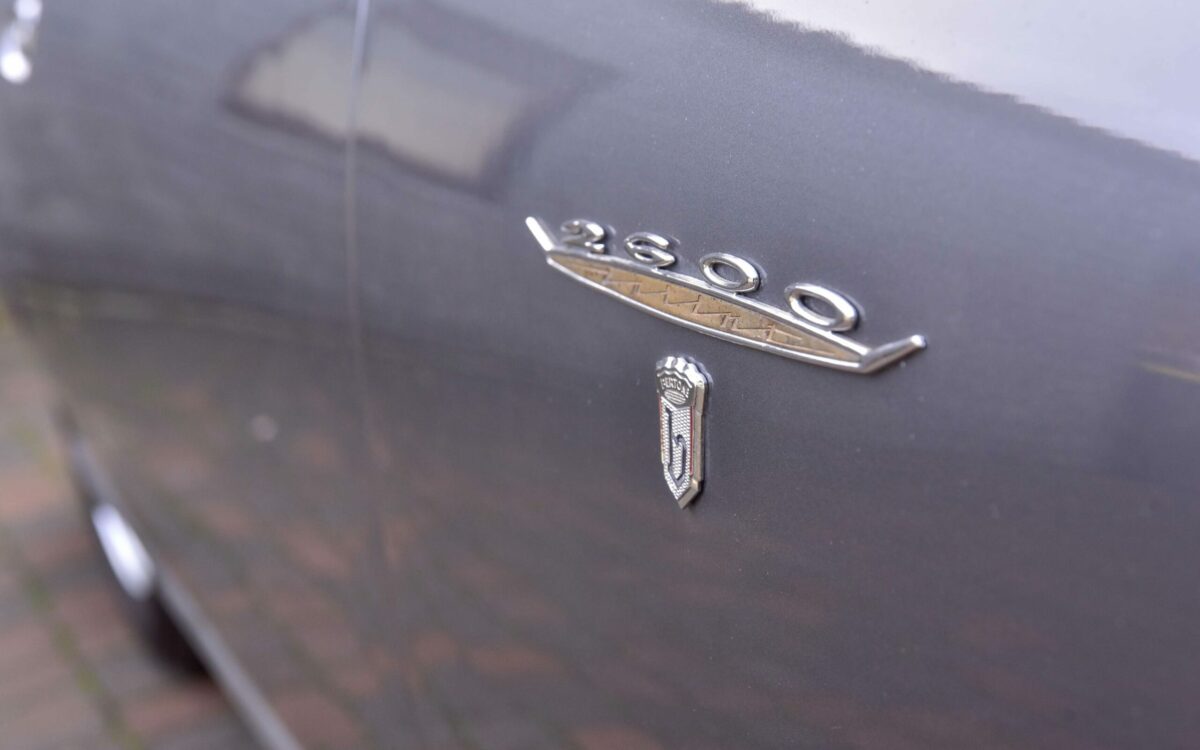
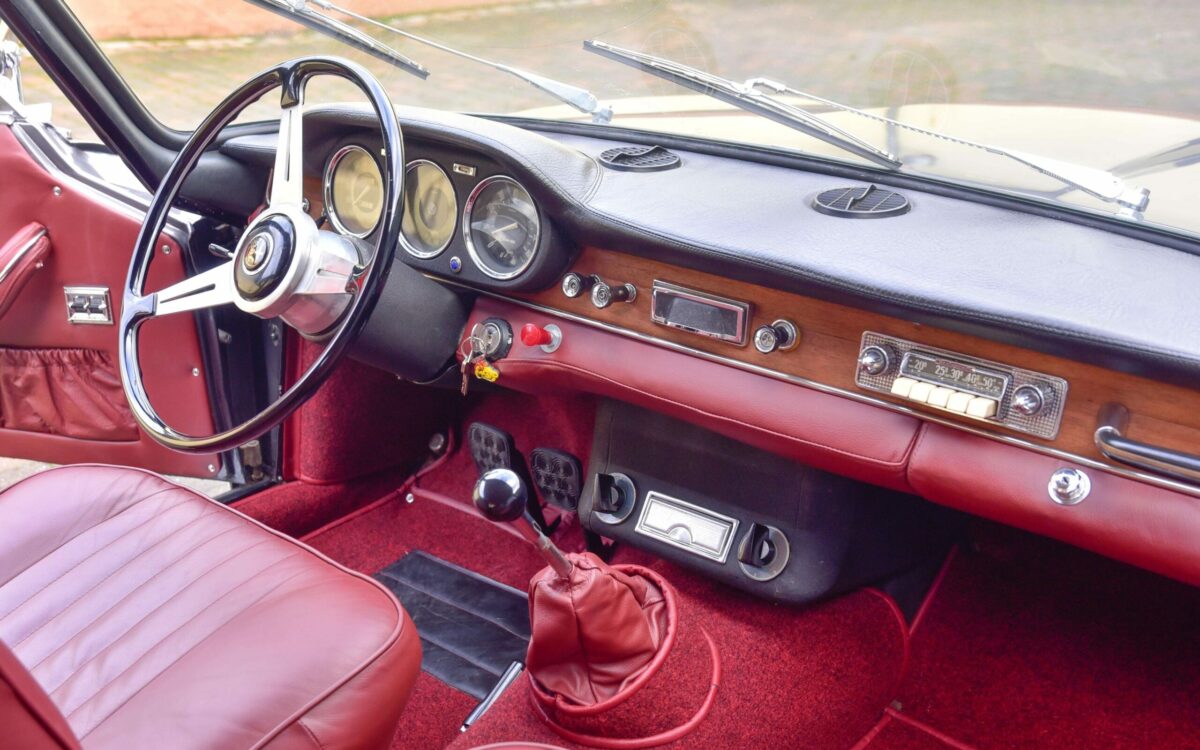






The Alfa Romeo 2600 Sprint designed by Bertone.
The Alfa Romeo 2600 Sprint is a distinguished model directly derived from the 2000 Sprint, a creation of Giorgetto Giugiaro for the Bertone coachbuilding company just two years prior. Built on a new chassis derived from the four-door model but with a shortened wheelbase of 2580 mm, the 2600 Sprint retains many elements of its predecessor while incorporating significant innovations. The car’s advanced front-end design, featuring a single opening covered by a grille, was groundbreaking in 1960. The unique integration of double headlights of different diameters within the grille itself, instead of being mounted on the bodywork, gave the car a distinctive look. The Alfa Romeo badge, redesigned to no longer rest on the sheet metal, gained thickness and extended onto the hood with a shorter chromed “tail.” The only bodywork difference was the addition of a central air intake on the hood to accommodate the new engine. The bumper remained a chromed strip with integrated turn signals, while the sides, resembling the Giulietta Sprint, were smooth with a chromed strip under the door. The Bertone emblem was positioned under the “2600 Sprint” script on the front fender, and the rear wheel arches featured a distinctive sheet metal relief. The rear of the car was truncated and finless, with a recessed tail panel housing the taillights and license plate holder. Inside, the 2600 Sprint offered four seats, with well-padded separate front seats and a smaller rear bench, both covered in vinyl and fabric. The dashboard featured an anti-glare upper cover, a body-colored central strip, and lower padding. It housed a black eyebrow with three circular instruments: a speedometer/odometer, a single gauge for fuel level and water and oil temperature, and a tachometer. The steering wheel had three aluminum spokes, with a rim and horn button in black bakelite. In the center of the dashboard was the “2600 Sprint” script, identical to the one on the fender, along with a radio housing and a glove compartment with a door, while adjustable air vents at the ends provided climate control. Below the dashboard, behind the gear lever, were the ashtray and climate control switches. Optional accessories included wire wheels, air conditioning, power windows, and leather upholstery, enhancing the car’s luxurious appeal. Mechanically, aside from the shortened wheelbase, the Alfa Romeo 2600 Sprint mirrored the 2600 Spider with a 145 HP engine and a 5-speed gearbox with the lever on the tunnel, achieving a top speed of 200 km/h. The only notable mechanical change was the introduction of disc brakes on all wheels from the fall of 1964. Despite its qualities suggesting potential in racing, the 2600 Sprint’s sporting activity was limited to a few private competitions, with no factory or Autodelta support, as they were focused on the Giulia Ti Super and GTA. Some units were acquired by the Ministry of the Interior and used by the State Police’s Squadra Volante, with one example still on display in the State Police Car Museum alongside a 2000 Sprint. To take advantage of lower duties on vehicle parts, some units were exported in CKD (Complete Knock Down) form to the United Kingdom, where they were assembled at Bristol and optionally equipped with larger carburetors for up to 170 HP.

The beginning of Bertone Bertone was founded in November 1912, when Giovanni Bertone, then aged 28, opened a workshop specialising in the construction and…
Missing or wrong informations?
Carrozzieri-Italiani.com relies on thousend of users who help to populate the database. We do not guarantee the accuracy of the informations. Contact us if you want to contribute.
